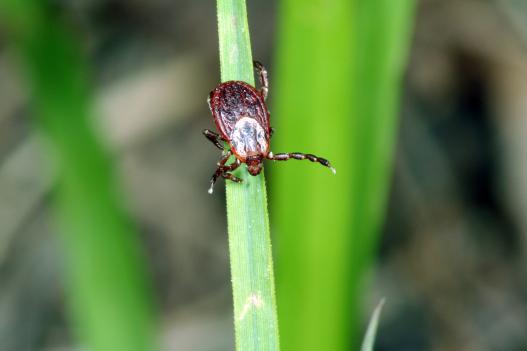May 2023 Edition | Volume 77, Issue 5
Published since 1946
Tickborne Diseases on the Increase in the United States
The Center for Disease Control Weekly report for March 2023 reports an increase in Babesiosis incidence (Trends in Reported Babesiosis Cases — United States, 2011–2019 | MMWR (cdc.gov)). During 2011–2019, U.S. babesiosis incidence significantly increased in northeastern states. Three states (Maine, New Hampshire, and Vermont) that were not considered to have endemic babesiosis had significantly increasing incidences and reported case counts similar to or higher than those in the seven states (Connecticut, Massachusetts, Minnesota, New Jersey, New York, Rhode Island, and Wisconsin) with known endemic transmission. During 2011–2019, a total of 16,456 cases of babesiosis were reported to CDC by 37 states, including 16,174 (98.2%) reported from the 10 states included in this analysis.

Babesiosis is a tickborne disease caused by intraerythrocytic Babesia parasites. In the United States, most babesiosis cases are caused by Babesia microti, transmitted from bites of blacklegged ticks, Ixodes scapularis, in northeastern and midwestern states. Transmission can also occur through blood transfusions, transplantation of organs from infected donors, or congenital (mother-to-child) transmission.
In the United States, ticks carry at least 15 pathogens that can cause human disease in addition to babesiosis, including Lyme disease, anaplasmosis, ehrlichiosis, spotted fever rickettsiosis, and tularemia. Overall, U.S. tickborne disease cases have increased 25%, from 40,795 reported in 2011 to 50,856 in 2019. The CDC maintains a map of the distribution of reported tickborne pathogens that indicates that over half of the United States has vectors for these diseases. As spring arrives, recreationists should be aware of both ticks and potential disease concerns.
The CDC advises:
- Stay on cleared trails and minimize contact with leaf litter, brush, and overgrown grasses, where ticks are likely to be found.
- Minimize the amount of exposed skin. Wear socks, long pants, and a long-sleeved shirt. Tuck your pant legs into the socks. Wear light-colored clothing, to make it easier to see and remove ticks.
- Use tick repellents that contain DEET on your skin and clothing.
- After being outside, check your body for ticks and remove any that are found.
- Remove ticks from clothing and pets before going indoors.
- Remove ticks as soon as possible, by using pointed tweezers. Grab the tick’s mouth close to the skin, and slowly pull the tick straight out until the tick lets go.